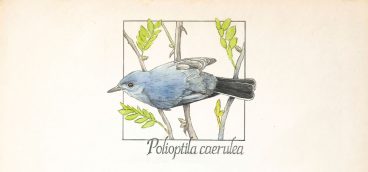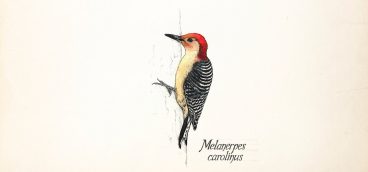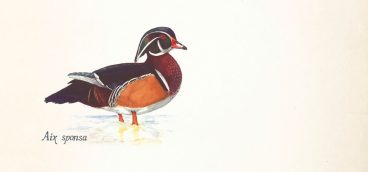
The green heron lay cradled in the crook of Bob Mulvihill’s arm like a baby, or at least that’s how I remember it. He blew on the bird’s belly and a cloud of powder down swirled forth, an adaptation that in all likelihood adds some moisture-shedding resistance to the wing feathers of this water-loving species. …




















